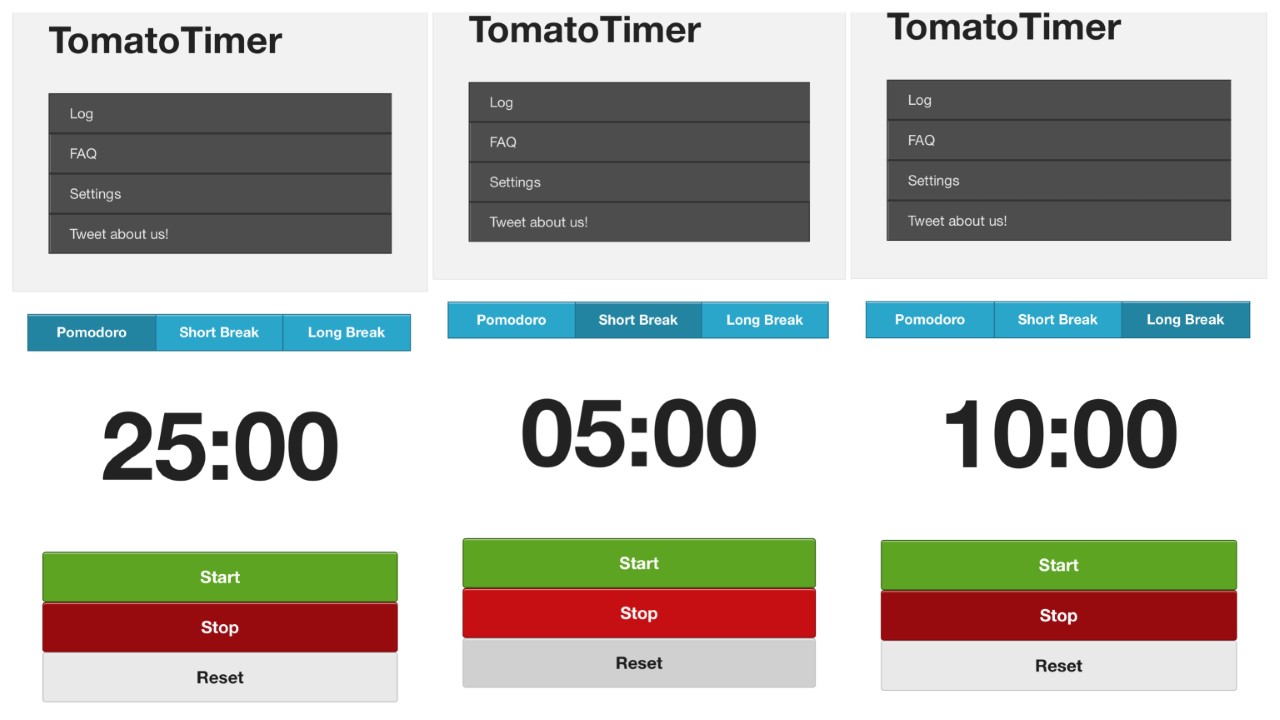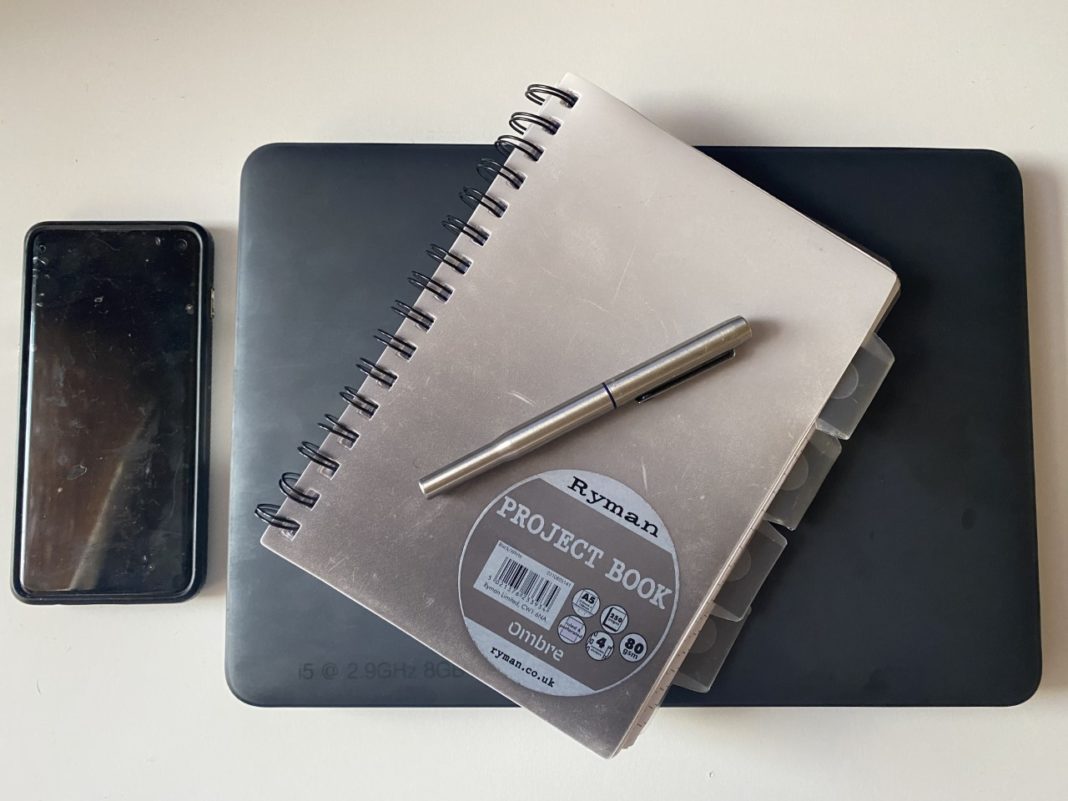With 38 hours to deadline I’ve four un-started articles and a few to edit. In those hours I must also sleep, and fast – it’s Ramadan you see.
But in extremis I found a solution, a way to schedule – like I should have scheduled from the start of my studies.
I introduce to you the Pomodoro technique – a way to maximise your time spent actually working. And it’s pretty straightforward.
The premise is how to do stuff without endless hours that run on and on and burn me out. How do I keep at it without boredom? You see the basic problem with many tasks is that just sitting down and working does not work. After a fairly short time, you can’t concentrate anymore, you can’t focus.
And the Pomodoro technique fixes this problem. So how?
To Pomodoro you need a timer. That’s it for equipment. You’ve already got one on your phone and your laptop already.
First, choose a task that you need to do and set your timer for 25 minutes.
Second, do that task – and only that task – until the timer makes a sound.
Look anyone can concentrate for 25 minutes. Anyone! It’s only 25 minutes. Do it!
Put your phone on Do Not Disturb and move it away from your workspace. Tell anyone disturbing you, you’re deep in work and you’ll talk to them soon.
When the timer goes off, have a five-minute break. Set that five minutes on your timer. Get up – you must get up. Move about.
Sit back down.
Repeat, and, after four of these cycles, take a well-deserved 20-minute break.
Intense focus over the 25-minutes is the goal so you must do everything in your power to limit all distractions, to lock-in and get in the zone. And – I repeat – anybody can for 25 minutes.

Screenshots from tomatotimer.com, a great website for laptop/PC and mobile that has a programmed Pomodoro technique timer.
The Pomodoro technique is not just for study. You can use it for anything you are procrastinating over – getting started on a book or sorting your inbox.
And, if you really, really are in the zone and wish to keep going, do it. You’re being productive so don’t break focus when you’re in the groove.
But as soon as you flag, your mind wanders, stop. Break. Back to the cycles. Breaks prevent burnout.
The Pomodoro technique is only a blueprint; edit it depending on your task; don’t be afraid to fiddle with the timings to try and get the most out of it; 25-minutes is a guide because most people’s minds wander about then. Do what works for you. But make sure you break.
The way I do it is to set a really small goal. I tell myself: “only one cycle”. But this cycle became an hour of focus. It started with research on collected sources on my laptop. It produced bullet points to expand for an article.
Heh, if I hadn’t done pomodoro, you wouldn’t be reading this now.
A bonus has been my focus left me so engrossed I’d forgotten about Ramadan and my hunger. It was three cycles before my stomach slowed me to a stop. Too hungry to focus for a while and too tired to keep my head up, sure. But I’d still finished one of my four pieces.
Re-rested, the Pomodoro technique was now in full force. I re-jigged up the timings to 50 minutes on and 10 minutes off. I was knuckling down in the zone, writing at a high level with the utmost focus. After my 10-minute breaks, I am ready to commit again. Heh, it’s only for 50 minutes. As I sit down and a cycle begins everything seems to come together, effortlessly.
Before I knew it, I was four cycles in, flying through my second piece of work as sundown came.
As I packed up for the evening and had my first glass of water of the day, it felt so earned that I was genuinely proud of myself and ready to go again later that evening or first thing in the morning.
This technique had saved me. I’ve never been much of an academic – ask anyone that’s known me longer than 10 minutes. But with this method I believe I have gotten some of my best ever work done.
I wrote this using the Pomodoro technique – two 25-minute cycles. Believe me now?





